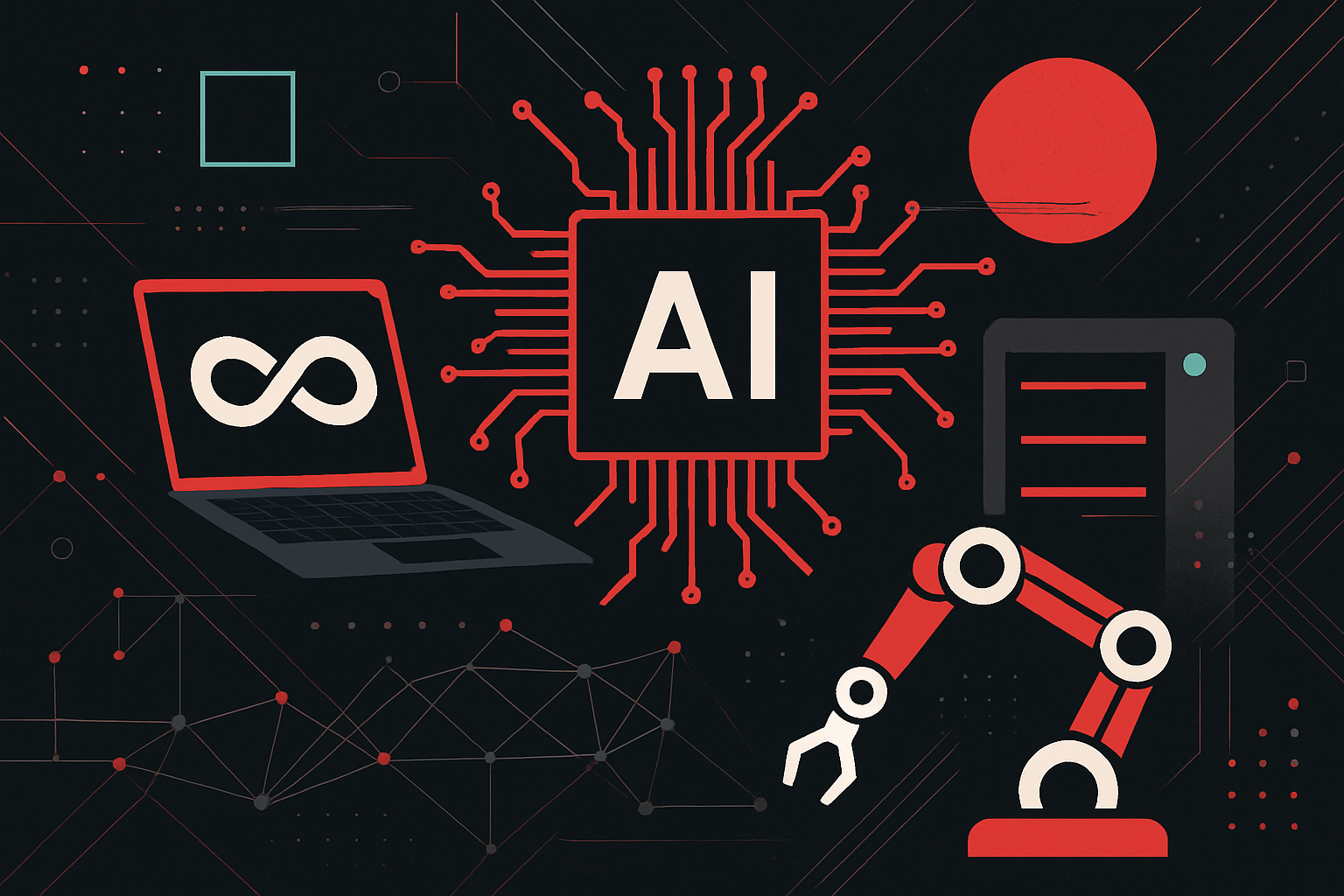Why Edge Computing is the Future of Data Processing

Understanding Edge Computing
Edge computing is revolutionizing the way data is processed by bringing computation and data storage closer to the location where it is needed. This approach contrasts with traditional cloud computing, where data is processed in centralized data centers. By minimizing the distance data must travel, edge computing reduces latency, enhances speed, and improves the efficiency of data handling.
Key Components of Edge Computing
-
Edge Devices: These are devices that generate data and have processing capability. Examples include IoT devices, smartphones, and various sensors.
-
Edge Nodes/Servers: These are intermediate devices or servers that perform computation closer to the data source.
-
Edge Gateway: Acts as a bridge between edge devices and the cloud, performing initial data processing and filtering.
Benefits of Edge Computing
Reduced Latency
Latency is a critical concern in real-time applications such as autonomous vehicles and industrial automation. By processing data closer to the source, edge computing significantly reduces response times. For example, in autonomous vehicles, the difference in milliseconds can be crucial for decision-making.
Bandwidth Efficiency
By processing data at the edge, only essential data is sent to the cloud, reducing bandwidth usage. This is particularly beneficial in environments with limited bandwidth or costly data transmission, such as rural areas or remote industrial sites.
Enhanced Security
Edge computing decentralizes data processing, reducing the risk of large-scale data breaches. Sensitive data can be processed locally, minimizing exposure to potential attacks. For instance, healthcare applications can process patient data on-site, keeping sensitive information secure.
Technical Insights
Architecture Design
Edge computing architecture typically consists of three layers:
- Device Layer: Contains edge devices that collect data.
- Edge Layer: Includes edge servers/nodes that process data locally.
- Cloud Layer: Centralized data centers for long-term storage and advanced analytics.
Data Processing Workflow
- Data Collection: Sensors and IoT devices collect raw data.
- Initial Processing: Edge nodes perform preprocessing such as data filtering, aggregation, and transformation.
- Decision Making: Quick decisions are made at the edge, while complex analysis is deferred to the cloud.
- Cloud Integration: Processed data is sent to the cloud for further analysis and storage.
Practical Applications
Smart Cities
Edge computing enables smarter infrastructure management by processing data from traffic lights, surveillance cameras, and environmental sensors onsite. This reduces latency and allows for real-time traffic management, energy conservation, and pollution monitoring.
Industrial IoT (IIoT)
In manufacturing, edge computing facilitates predictive maintenance by analyzing machine data in real-time. Quick processing helps identify potential equipment failures before they occur, reducing downtime and maintenance costs.
Healthcare
Edge computing supports telemedicine by processing patient data locally, ensuring immediate access to critical health information and reducing the risk of data breaches.
Comparison with Cloud Computing
| Feature | Edge Computing | Cloud Computing |
|---|---|---|
| Latency | Low (milliseconds) | Higher (dependent on network) |
| Bandwidth Usage | Lower (local processing) | Higher (centralized processing) |
| Security | Enhanced (localized data processing) | Centralized, potentially more exposed |
| Scalability | Limited by local resources | Virtually unlimited |
| Cost Efficiency | Lower operational costs | Higher data transmission costs |
Implementing Edge Computing
Step-by-Step Guide
-
Identify Use Cases: Determine which applications would benefit from reduced latency and bandwidth usage.
-
Select Hardware: Choose appropriate edge devices and servers based on computational needs and power constraints.
-
Develop Software: Create or adapt software applications that can run on edge devices. This often involves developing lightweight versions of cloud applications.
-
Deploy Edge Nodes: Install and configure edge nodes at strategic locations to handle data processing.
-
Integrate with Cloud: Ensure seamless integration with cloud services for data backup and advanced analytics.
-
Monitor and Optimize: Continuously monitor edge operations and optimize for performance, reliability, and security.
Code Snippet: Simple Edge Computing Workflow
def preprocess_data(data):
# Simulate data filtering
return [point for point in data if point['value'] > threshold]
def local_decision_making(filtered_data):
# Simulate decision-making process
for data_point in filtered_data:
if data_point['value'] > critical_value:
take_action(data_point)
# Example data from IoT sensors
sensor_data = [
{'id': 1, 'value': 75},
{'id': 2, 'value': 65},
{'id': 3, 'value': 85}
]
# Edge computing workflow
filtered_data = preprocess_data(sensor_data)
local_decision_making(filtered_data)
Edge computing stands as a transformative approach to modern data processing, offering significant advantages in latency, bandwidth efficiency, and security. Its application across various industries from smart cities to healthcare demonstrates its potential as the future of data processing.





0 thoughts on “Why Edge Computing is the Future of Data Processing”